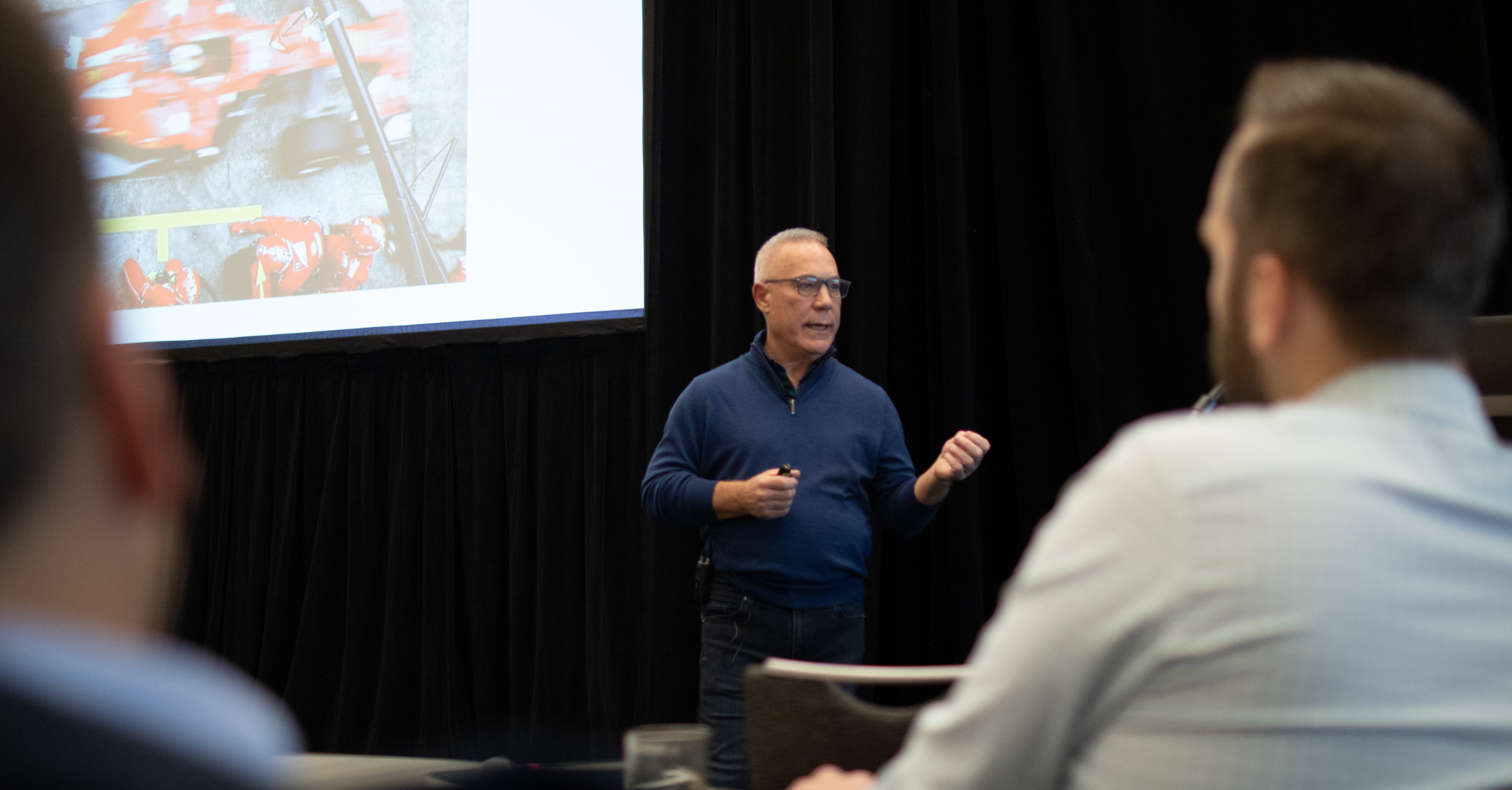A large part of what makes Steve Schloss such an effective leadership coach is his ability to ask the right questions.
Leadership development, improved team performance, and overall company success all hinge on a leader’s understanding of both their self and their team. The first step to gaining this awareness is recognizing the questions that need addressing and pinpointing the insights that will drive the most impactful actions.
I watched lightbulbs flicker in the minds of the executives around my table when Steve posed certain questions or flashed certain slides. I listened as leaders reflected deeply and openly on topics that they might not have otherwise given much thought. It all led me to this realization: By asking the right questions and committing to answering them candidly, leaders can pave the way for the cultivation of high-performing teams.
Here are three fundamental questions every leader should consider, in order to create and maintain thriving teams:
1. How am I showing up as a leader?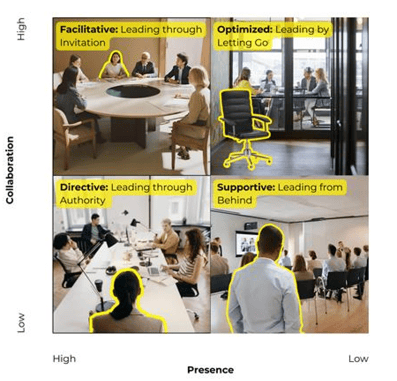
Steve presented on the 4 Chairs of Leadership, which essentially speaks to leadership style as it correlates to collaboration and presence.
The thing is, none of these chairs are objectively the “right” one to sit in. Where a leader sits, at any given time, depends on multiple factors including company stage, team dynamics, market conditions, and more. Still, the answer to this question (and the follow-up questions it elicits) reveals a great deal about how a leader might be positively or negatively affecting their team, and where they might need to focus regarding personal leadership and team development.
Steve challenged attendees to answer: In which chair am I most comfortable sitting? Where am I spending more of my time? In which chair am I the least effective? The responses were fascinating. Most leaders placed themselves in either the Facilitative or Supportive seats, leading through invitation and from behind, respectively. Overwhelmingly, people struggled with the Optimized chair (leading by letting go), which is perhaps indicative of a subconscious lack of trust in their teams. This leads to the next question all leaders should ask:
2. Is my team a real team, or a group disguised as a team?
Steve shared several differences between a group and a team, which gave attendees a springboard from which to answer the question honestly.
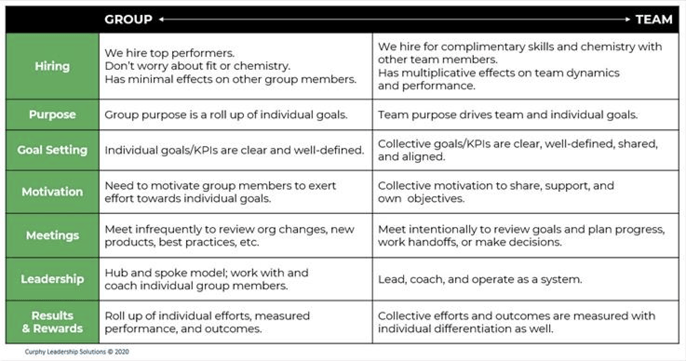
While many leaders placed their teams somewhere along the spectrum rather than at either extreme, this question challenged them to consider how certain team dynamics are not really “team” dynamics at all, and how they might work to prioritize the collective over the individual.
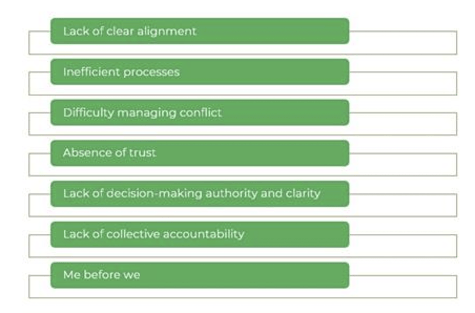
Of course, improving team dynamics is easier said than done, and there are many factors that may contribute to a team failing to reach its full potential. When asked what was holding their teams back, many executives shared that it was a lack of clear alignment and/or difficulty shifting from a “me before we” to a “we before me” mindset. These challenging team dynamics are both reflective of and affected by how each team member shows up at work.
3. How are my team members showing up?
Put plainly, this question helps leaders think critically about the individual contributions of each team member, and what that ultimately means for the longer-term success of the team and, on a greater scale, the company.
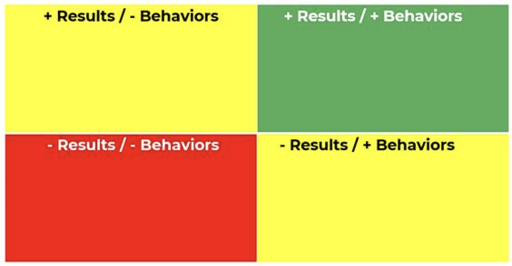
Steve proposed the above “results and behaviors" grid as a way for leaders to assess individual team member impact. The term “results” refers to a team member’s output (i.e. how effectively they complete their job tasks), while “behaviors” covers things like interpersonal interactions, team engagement, etc. I was initially surprised that both components are given the same level of consideration in this grid; it seemed more likely to me that a leader would care more about results than behaviors. However, I quickly remembered the difference between a group and a team; in a true team, behaviors should matter just as much as results, as they contribute largely to team dynamics.
While an executive’s actions cannot be entirely driven by something as simple as a grid, this exercise does, in fact, drive actionable insights for leaders, and if shared across the executive leadership team it can be used to hold each other accountable to the tough decisions required to make the organization better. Leaders often struggle to know when to let a team member go, and this grid can help them make that decision. For example, Steve pointed out that it is common to have team members in the upper left quadrant, those who produce great results but exhibit bad behaviors. Bad behaviors, though, are more difficult to change, and thus may require more extreme and faster actions from leaders for the betterment of the team. If you can’t change the people, change the people.
So what now?
Now that you know which questions to ask, ask them. Solicit candid feedback from yourself and from your team, and use the responses to establish both personal and team development plans. Remember to lead with candor and to check yourself and your team for positive intent.
As you continue on your journey to build a high-performing team, make sure you’re leveraging the Edge. Reach out to directly to Steve Schloss, or to us at edge@edisonpartners.com.

